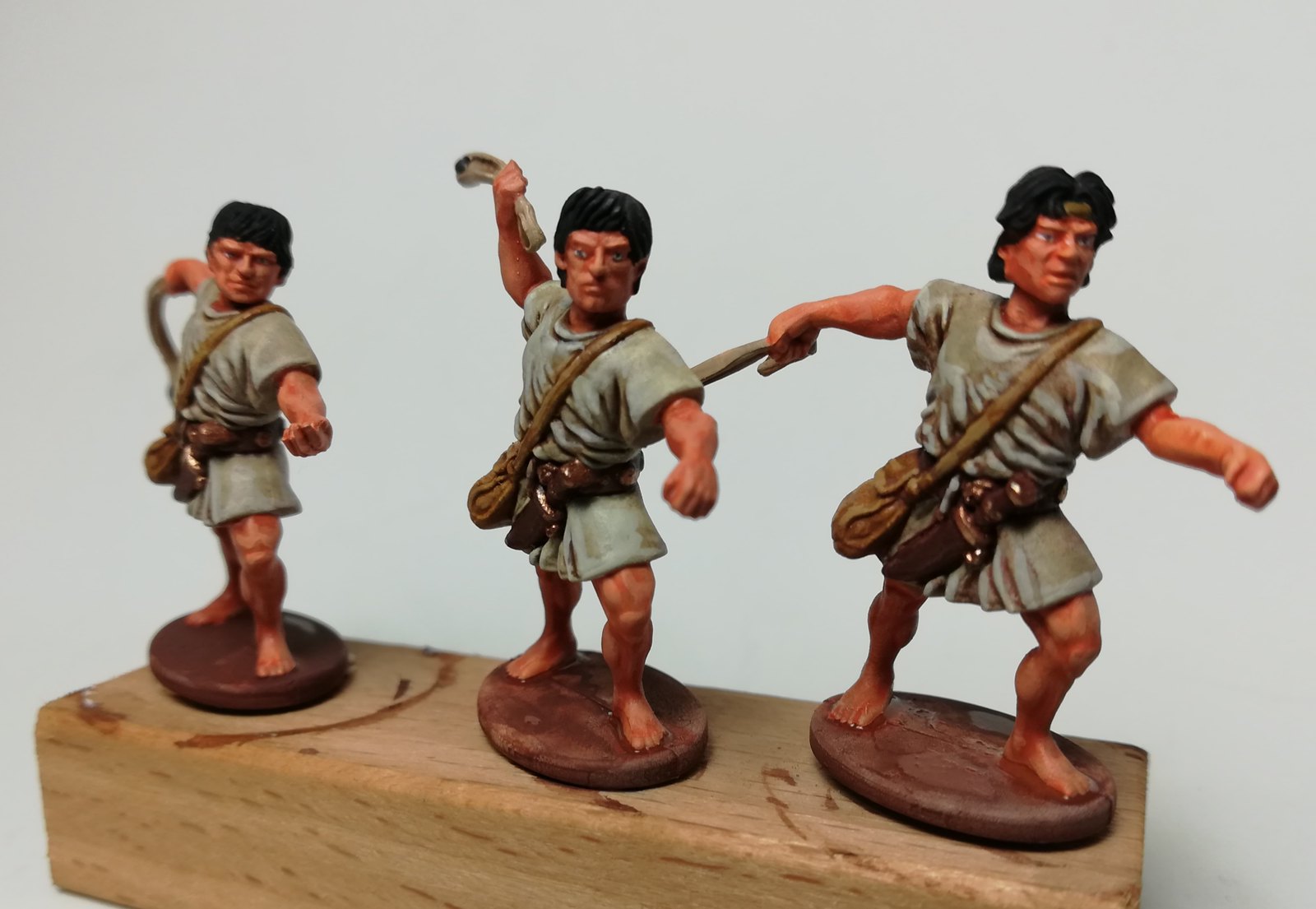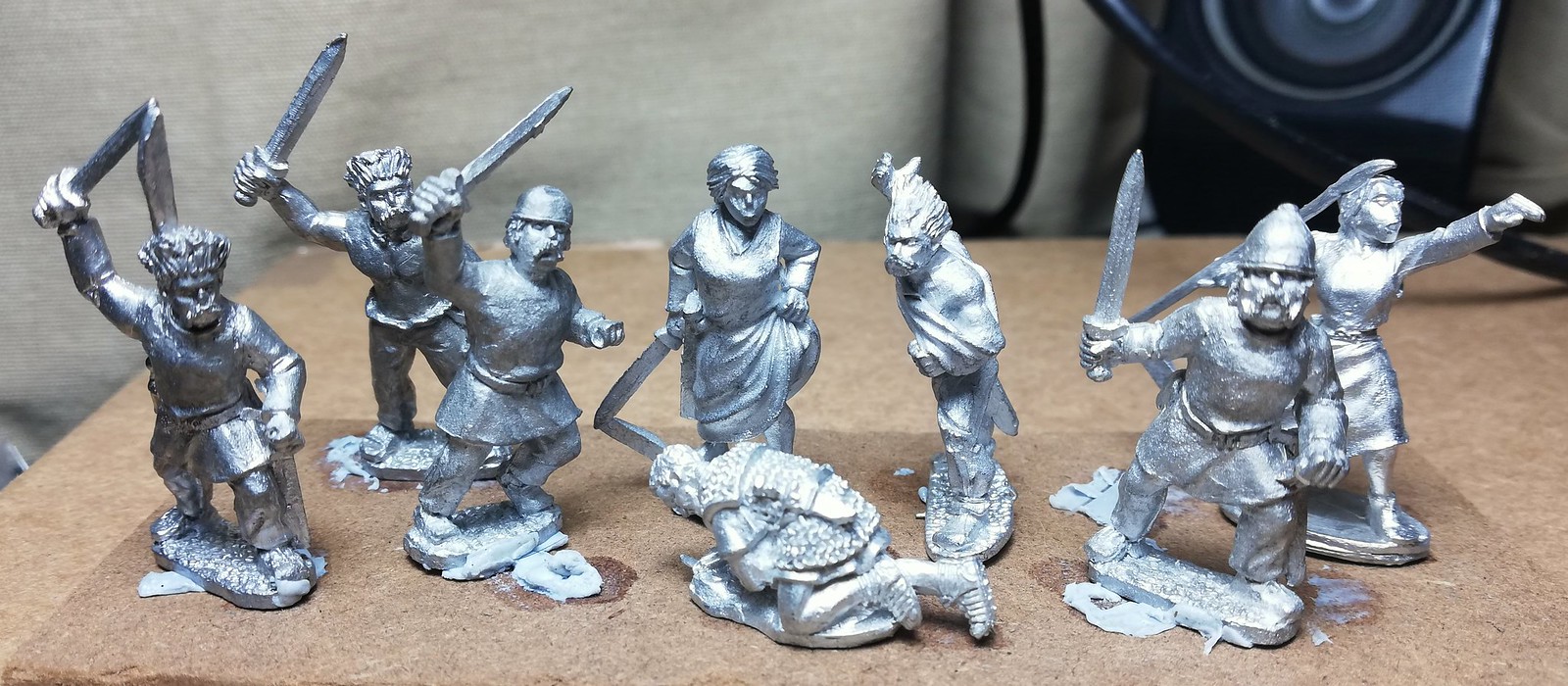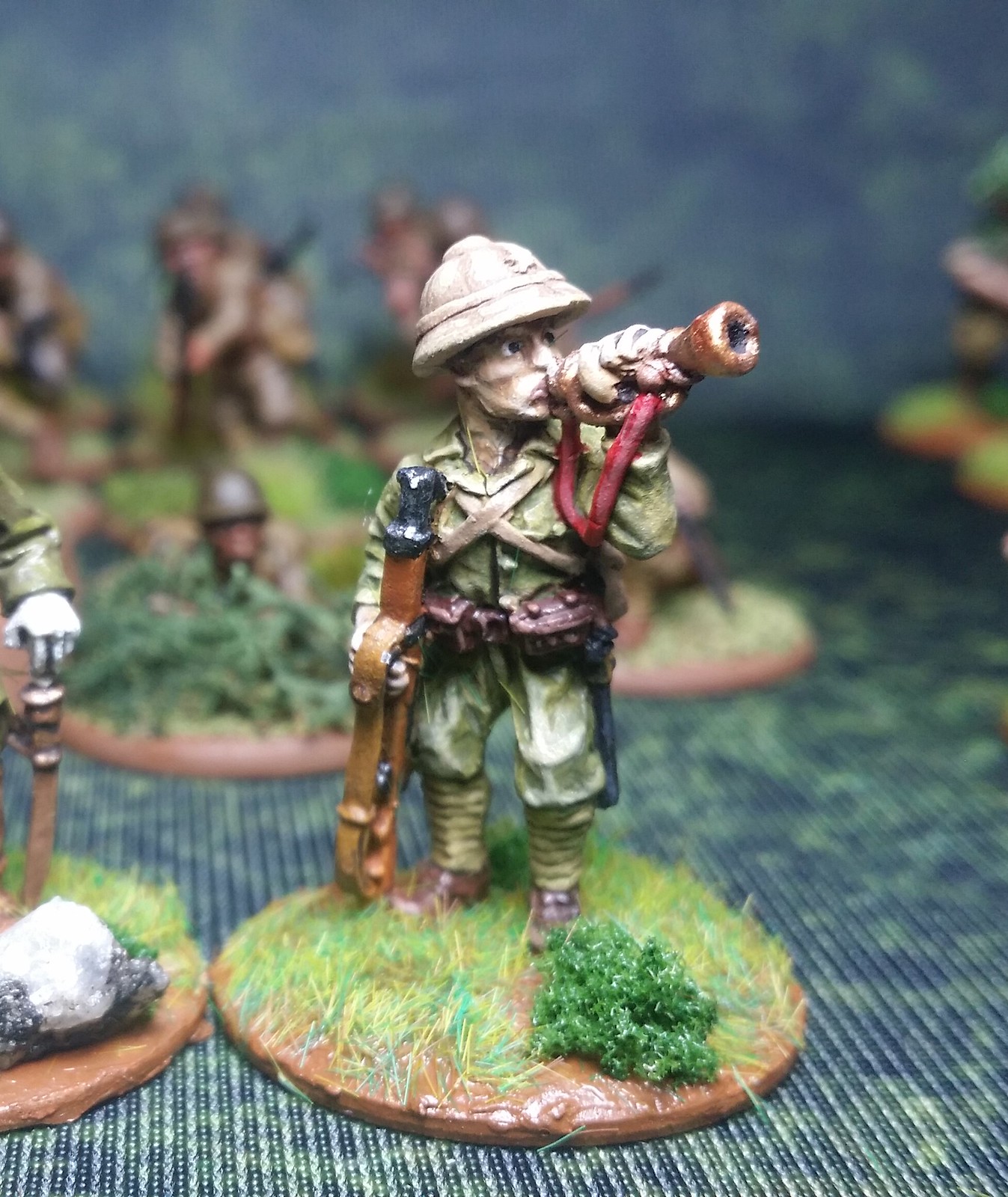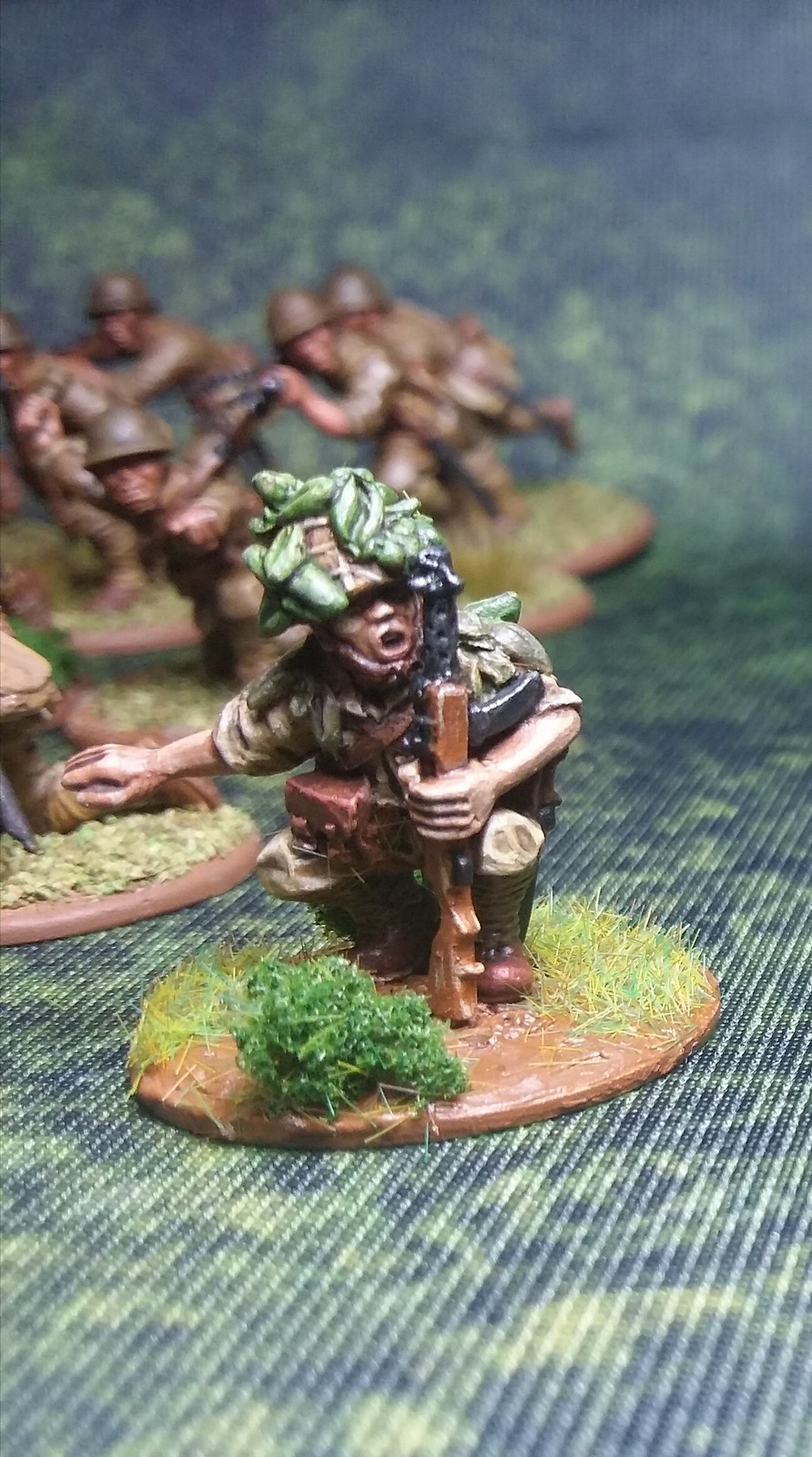It's back to ancients, my first love in historical gaming.
After a hiatus of nearly one and a half years due to work, life and the distractions of World War II gaming I am back to working on the Punic Wars (after a brief spell of GADD over mythology and vintage Citadel minis).
Settling on an optimum base size and an initial ruleset has provided a much needed spur to reduce my pile of plastic and lead of Punic Wars miniatures.
The petite army lists in Basic Impetus 2.0, of around 10 to 11 units, provided a manageable starting point to focus painting and production. So far, I have nearly finished painting four units: spearmen of the Sacred Band, Balearic slingers, Iberian scutarii and Iberian caetrati. Next up are Libyan skirmishers and Numidian light horse.
I think the toughest decision to make in ancients wargaming is neither scale nor ruleset, but rather what basing convention and approach to take.
Basing and rulesets are reflexive choices, each influencing the other. I finally decided on using Impetus basing for a number of reasons. The primary reason is aesthetic, besides the tactics and history, this hobby is about aesthetics or else wooden blocks serve just as well.
If this time-consuming hobby is about great looking miniatures then dioramas seem the way to go as opposed to single-figure basing focused on serried ranks and files of troops, or an equivalent approach via multi-basing.
Impetus basing - on 12cm wide bases in 28mm scale - lets the figures breathe and allows for greater aesthetic flexibility, especially in composition.
It also translates well to both the gaming table and the other ancients rulesets I am interested in playing. The latter all happen to be 'element' based and include Hail Caesar and To The Strongest!
12cm fits nicely in a 6' to 8'-wide table allowing a battle line of about 15 units wide, which nicely accords with my desired sweet spot of big games of 20 or so units per side (the rest being in reserves).
Once I took the leap to arranging my troops on their bases in diorama rather than in just dense ranks, there was an immediate shift in my cognitive process. I began to consider how each individual figure related to others in the group, what story they told together rather than how best to face them forward and rank them nicely.
Frankly, it became much more intellectually engaging and pleasing. It became more fun.
Casualty figures become very useful for adding character and story to a base. Here I have a draft composition of a Celtic warband. I love the way the female warrior relates to the Roman she has downed.
I've decided not to pack too many figures on my bases. Partly to save production time, partly because they actually look a bit better with some irregular space between them, and partly to ensure a bit more protective base space when clumsy fingers descend from the heavens - I've already broken one javelin multiple times.
Starting with Basic Impetus 2.0 has already paid off since I have nearly finished painting four units in just over a month. That's more than I've been able to do since acquiring this horde of lead and plastic two years ago. The size of a project for Hail Caesar or To The Strongest! was paralytically large. Too large to get off the ground.
Now that things are moving along faster than ever, being realistic, I should be able to start work on the Romans by the end of the year.









